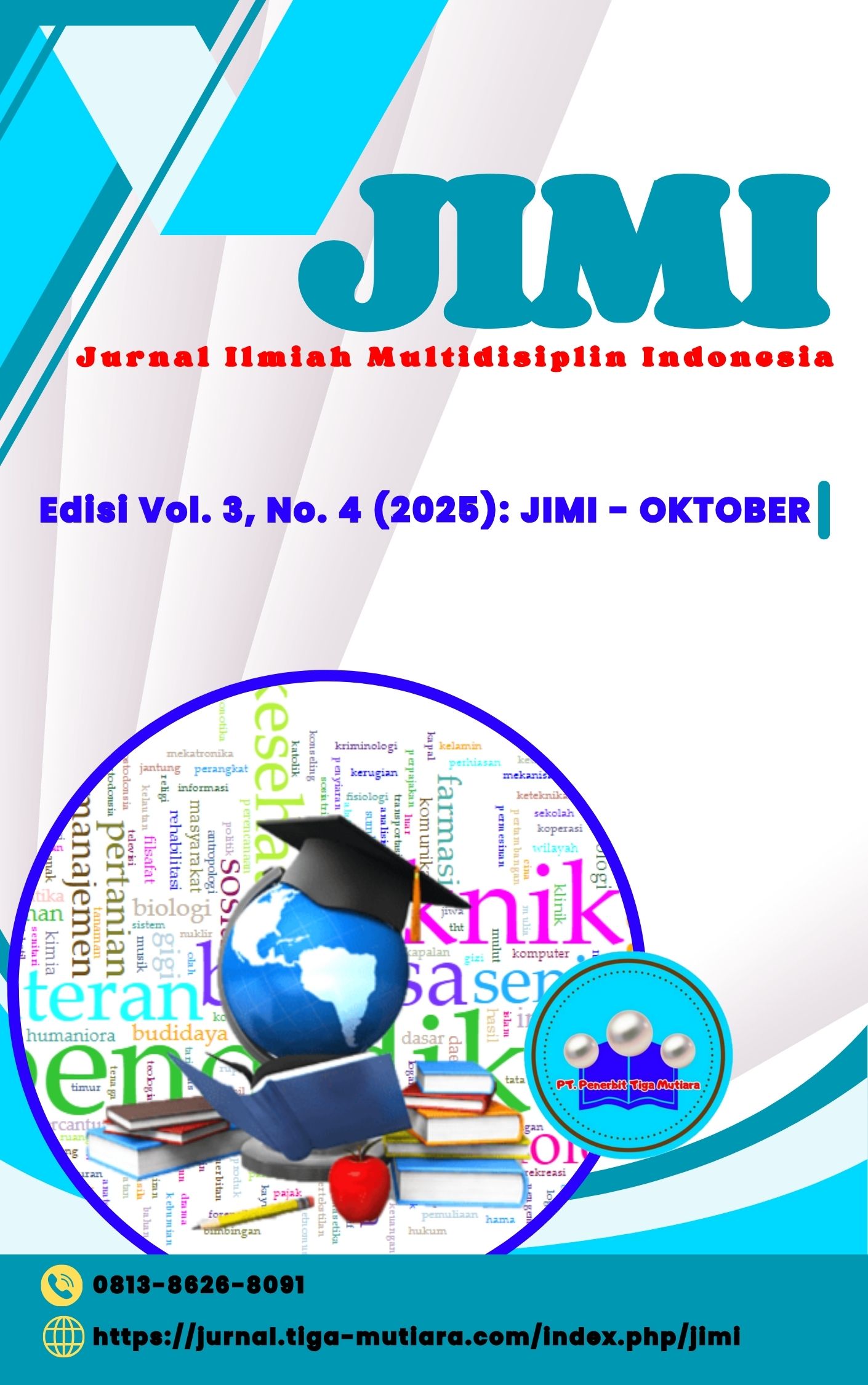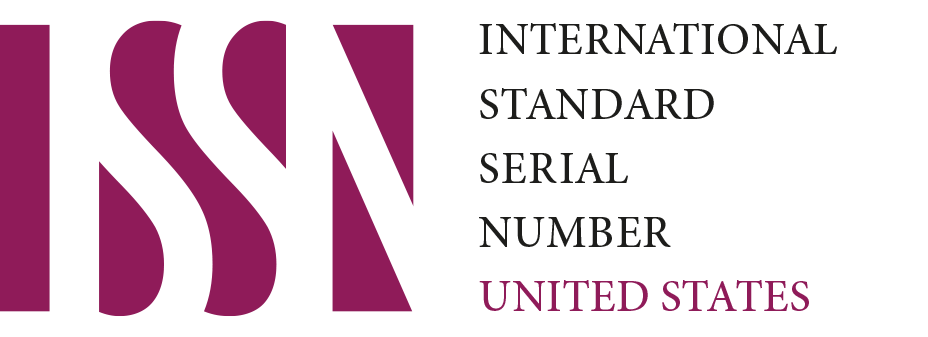Studi Kelayakan Bisnis Pengembangan Usaha Aksesoris Jendela dan Pintu dalam Menghadapi Trend Pasar Industri Konstruksi (Studi Kasus CV. Subur Indah Pertama)
DOI:
https://doi.org/10.61404/mutiara.v3i4.433Keywords:
Feasibility, Strategy, FinanceAbstract
This study aims to analyze the feasibility of business development for CV. Subur Indah Pertama, located in Pemecutan Kaja Village, North Denpasar, Bali, based on five main aspects of business feasibility studies: market and marketing, legal, human resources, environmental, and financial. This research employs a qualitative approach using descriptive methods, with data collection techniques including direct observation, in-depth interviews, and document review. The analysis results show that from the market and marketing aspect, the company has demonstrated positive performance through the optimization of digital platforms such as Tokopedia, Shopee, and TikTok, as well as strategic partnerships with contractors and property developers. Legally, the company is deemed feasible as it has fulfilled all business documents and licenses, including SIUP, NPWP, PKP, and tax compliance. In terms of human resources, a systematic organizational structure and professionally-based HR management indicate the company’s readiness to support business expansion. The environmental aspect also meets feasibility criteria, with evidence of standardized waste management systems and compliance with environmental regulations. From the financial perspective, the project is considered highly feasible based on financial indicators, namely a Net Present Value (NPV) of IDR 13.7 billion, an Internal Rate of Return (IRR) of 32%, and a Payback Period of 5 years, which is below the project’s economic life of 8 years. The IFAS and EFAS analyses show significant internal strengths, while the SWOT matrix places the company in Quadrant I with an aggressive strategy (Strength–Opportunity). Based on the overall findings, the business development of CV. Subur Indah Pertama is declared feasible and has strong prospects for long-term growth.
Downloads
References
Arifin, Ari Syaiful Rahman, Akhmad Suraji, dan Bambang Istijono. “Pengukuran Tingkat Penerapan Norma, Standar, Prosedur dan Kriteria Keselamatan dan Kesehatan Kerja (NSPK K3) pada Proyek Konstruksi.” Jurnal Rekayasa Sipil 10, no. 2 (2014): 31–40. https://jrs.ft.unand.ac.id/index.php/jrs/article/view/v10-n2-arifin.
Arnold, Putri Wahyuni, Pinondang Nainggolan, dan Darwin Damanik. “Analisis Kelayakan Usaha dan Strategi Pengembangan Industri Kecil Tempe di Kelurahan Setia Negara Kecamatan Siantar Sitalasari.” Ekuilnomi: Jurnal Ekonomi Pembangunan 2, no. 1 (2020): 29–39. https://jurnal.usi.ac.id/index.php/ekuilnomi/article/view/504/.
Awaludin, dan Audita Nuvriasari. “Strategi Pemasaran Berbasis Sosial Media Guna Peningkatan Penjualan di Toko Bangunan Umbul Rejeki.” Jurnal Pengabdian Masyarakat Terapan 1, no. 1 (2024): 33–43. https://journal.if.unsoed.ac.id/index.php/jupiter/article/view/16/.
Bocken, Nancy M.P., dan S.W. Short. “Towards a Sufficiency-Driven Business Model: Experiences and Opportunities.” Environmental Innovation and Societal Transitions 18 (2016): 41–61. https://www.sciencedirect.com/science/article/pii/S2210422415300137.
Creswell, John W., dan Cheryl Poth. Qualitative Inquiry and Research Design: Choosing Among Five Approaches. Edisi 4. Thousand Oaks CA: Sage Publications, 2018.
Denzin, Norman K. The Research Act; A Theoretical Introduction to Sociological Methods. Edisi 1. New York: Routledge, 2009.
Febriyantoro, Mohamad Trio, dan Debby Arisandi. “Pemanfaatan Digital Marketing bagi Usaha Mikro, Kecil dan Menengah pada Era Masyarakat Ekonomi Asean.” JMD: Jurnal Riset Manajemen dan Bisnis Dewantara 1, no. 2 (2018): 61–76. https://ejournal.stiedewantara.ac.id/index.php/JMD/article/view/175.
Frisca, Putri Nadila Nindia, dan Muhammad Yasin. “Analisis Kelayakan Usaha Industri Kecil Menengah Tas di Kecamatan Tanggulangin Kabupaten Sidoarjo.” Jurnal Manajemen dan Bisnis Ekonomi 1, no. 4 (2023): 162–171. https://jurnal.itbsemarang.ac.id/index.php/JMBE/article/view/713.
Istini, Syalis Ibnih Melati. “Optimalisasi Pengelolaan Stok Barang dengan Sistem Informasi Berbasis Website pada Toko Kebutuhan Pokok.” Jurnal Ilmiah Koputasi 24, no. 2 (2025): 315–326. https://ejournal.jak-stik.ac.id/index.php/komputasi/article/view/3803.
Jatmiko, Aji Tulus, Irwan Soejanto, dan Intan Berlianty. “Analisis Investasi Pembangunan Gudang pada Industri Pengecoran Logam.” Jurnal OPSI 12, no. 1 (2019): 20–26. https://jurnal.upnyk.ac.id/index.php/opsi/article/view/2829/.
Khairani, Dhiya Ulfa, Azaria Andreas, dan Resti Nur Arini. “Analisis Kelayakan Investasi Pengembangan Bisnis Konstruksi dengan Pendekatan Life Cycle Construction; Studi Kasus Pengembangan Kantor Cabang PT. XYZ di Lombok Nusa Tenggara Barat.” Jurnal Artesis 3, no. 1 (2023): 28–36. https://journal.univpancasila.ac.id/index.php/ARTESIS/article/view/5032/.
Kotler, Philip, dan Kevin Lane keller. A Framework for Marketing Management. England: Pearson Education Limited, 2016.
Mailizar. “Peran Usaha Mikro Kecil dan Menengah (UMKM) dalam Meningkatkan Kesejahteraan Masyarakat (Studi pada Desa Alue Sungai Pinang Kabupaten Aceh Barat Daya).” Universitas Islam Negeri Ar-Raniry Banda Aceh, 2022.
Maulana, Sahidin Achmad Noor, Esti Wijayanti, dan Ahmad Abdul Chamid. “Pengunaan Barcode dalam Sistem Inventory Modern untuk Meningkatkan Akurasi dan Kecepatan Operasional.” MALCOM: Indonesian Journal of Machine Learning and Computer Science 5, no. 3 (2025): 807–818. https://journal.irpi.or.id/index.php/malcom/article/view/1943/.
Miles, Matthew B., A. Michael Huberman, dan Johnny Saldana. Qualitative Data Analysis: A Methods Sourcebook. Cet. 3. California: SAGE Publications, 2014.
Moleong, Lexi J. Metodologi Penelitian Kualitatif. Bandung: Remaja Rosdakarya, 2002.
Porter, Michael E. Competitive Advantage: Creating and Sustaining Superior Performance. California: Free Press, 1985.
Prakasa, Asep Hendra, dan Arief Bowo Prayoga Kasmo. “Revitalisasi Pemasaran UMKM melalui Estetika Digital dan Konektivitas Sosial.” Solusi 23, no. 2 (2025): 307–322. https://journals.usm.ac.id/index.php/solusi/article/view/11910.
Robbins, Stephen Paul, Mary K. Coulter, dan Amy Randel. Management. Edisi 15. Harlow: Pearson Education, 2021.
Setyoningrum, Ari Putri, dan Muhamad Al Faruq Abdullah. “Peranan Manajemen Sumberdaya Manusia dalam Organisasi.” Neraca: Jurnal Ekonomi, Manajemen dan Akuntansi 2, no. 6 (2024): 397–405. https://jurnal.kolibi.org/index.php/neraca/article/view/1796.
Sugiyono. Metode Penelitian Kombinasi (Mixed Methods). Bandung: CV. Alfabeta, 2018.
———. Metode Penelitian Kuantitatif, Kualitatif dan R & D. Bandung: Alfabeta, 2022.
Sulistiyono, Joko. Meningkatkan Kompetensi Tenaga Administrasi Sekolah melalui Supervisi dan Pembimbingan Berkelanjutan. Jakarta: Pusat Pengembangan Pendidikan dan Penelitian Indonesia, 2022. https://books.google.co.id/books?hl=en&lr=&id=HMaPEAAAQBAJ&oi=fnd&pg=PA68&dq=info:ADCu62M6GLcJ:scholar.google.com&ots=Si5NkH0i93&sig=3VWyunAcdtdB1BAvGE_LzsxvErs&redir_esc=y#v=onepage&q&f=false.
Downloads
Published
How to Cite
Issue
Section
License
Copyright (c) 2025 Erni Kasi Awa, *Ni Luh Indiani, I Kadek Widhiantara

This work is licensed under a Creative Commons Attribution-ShareAlike 4.0 International License.













